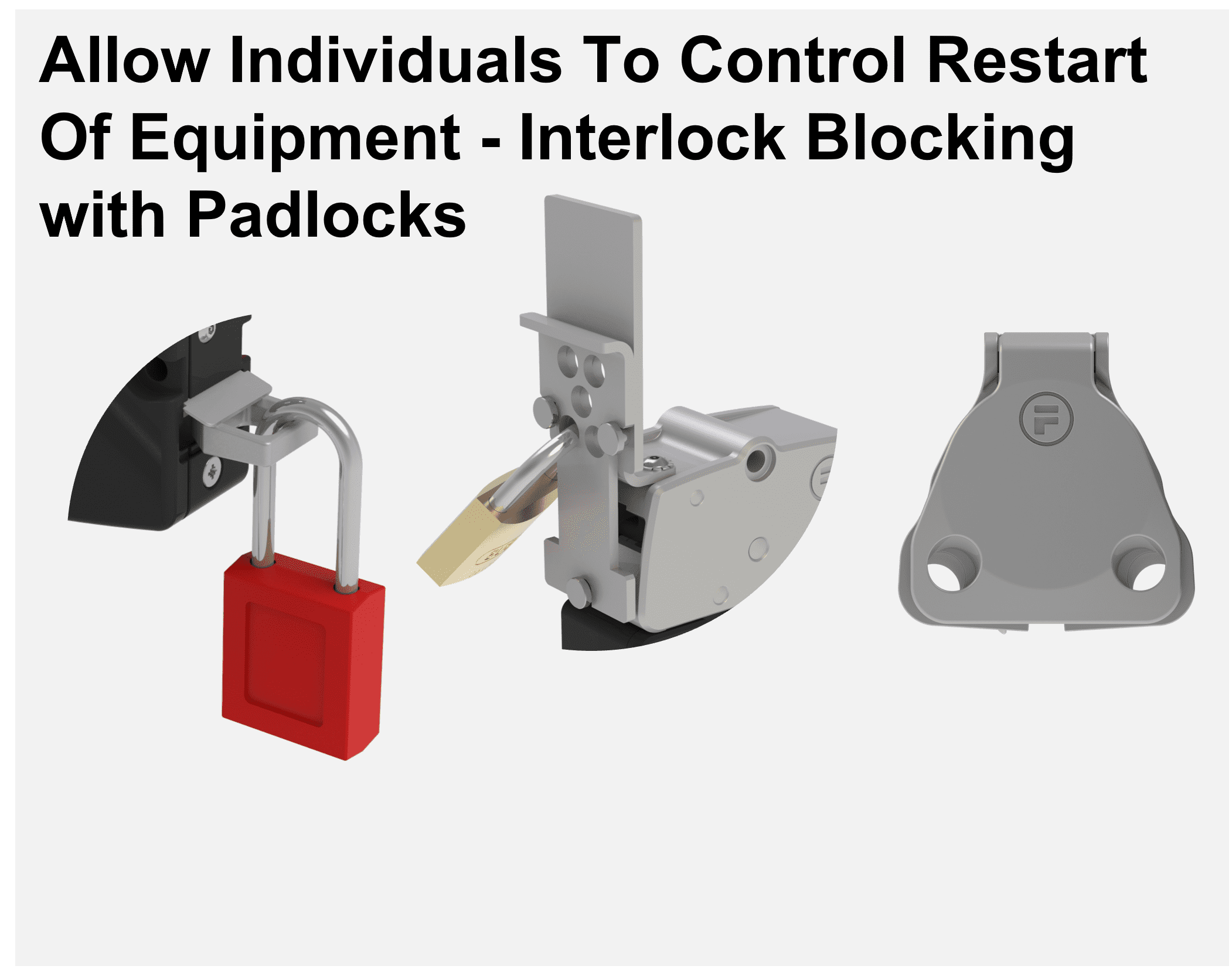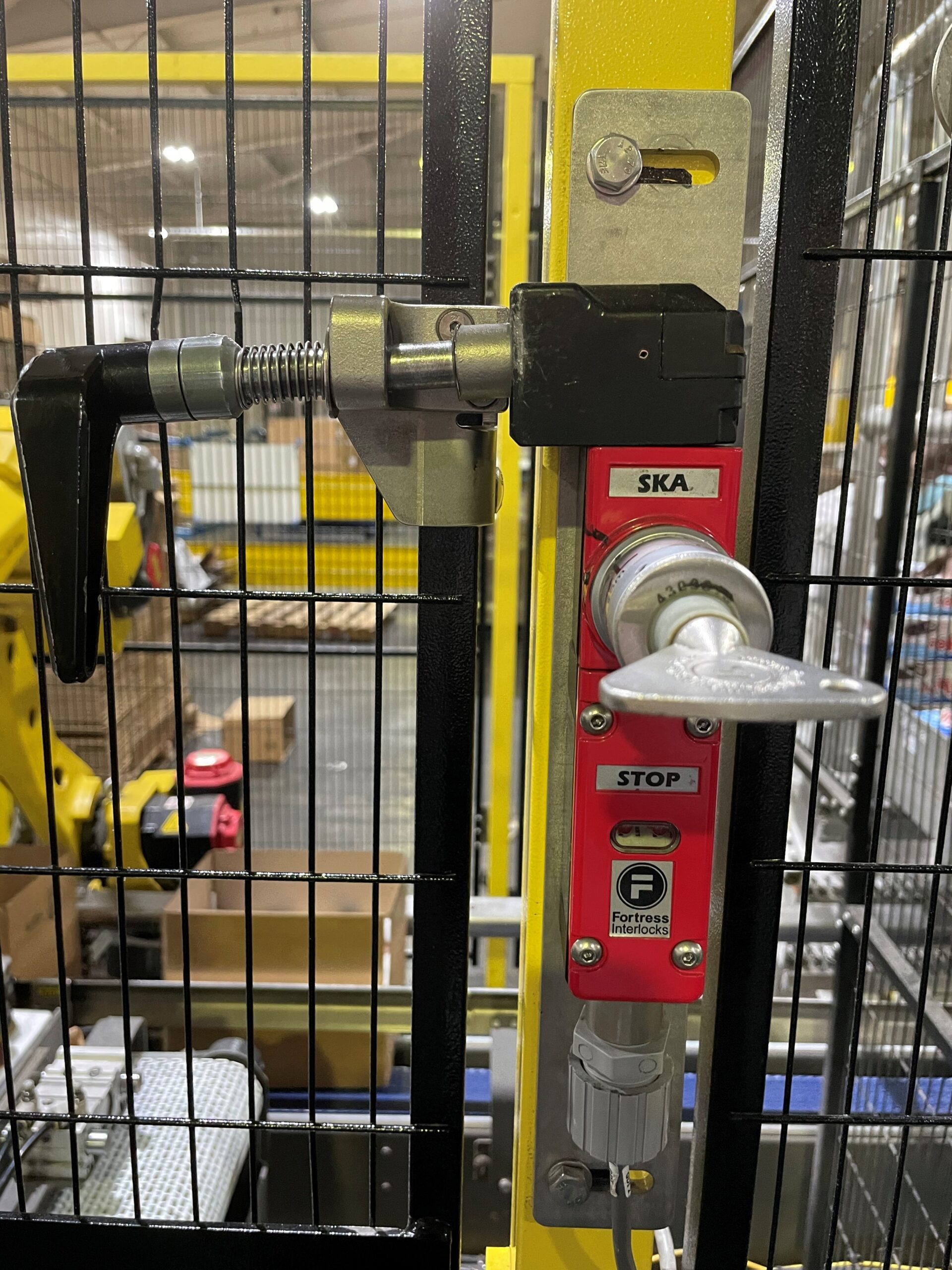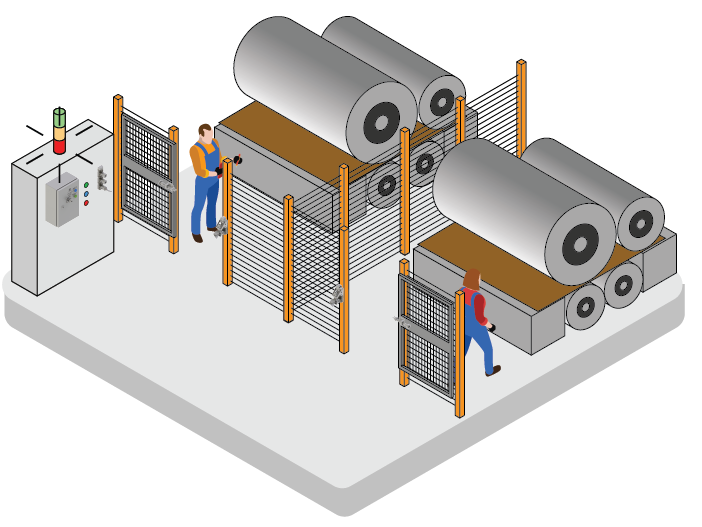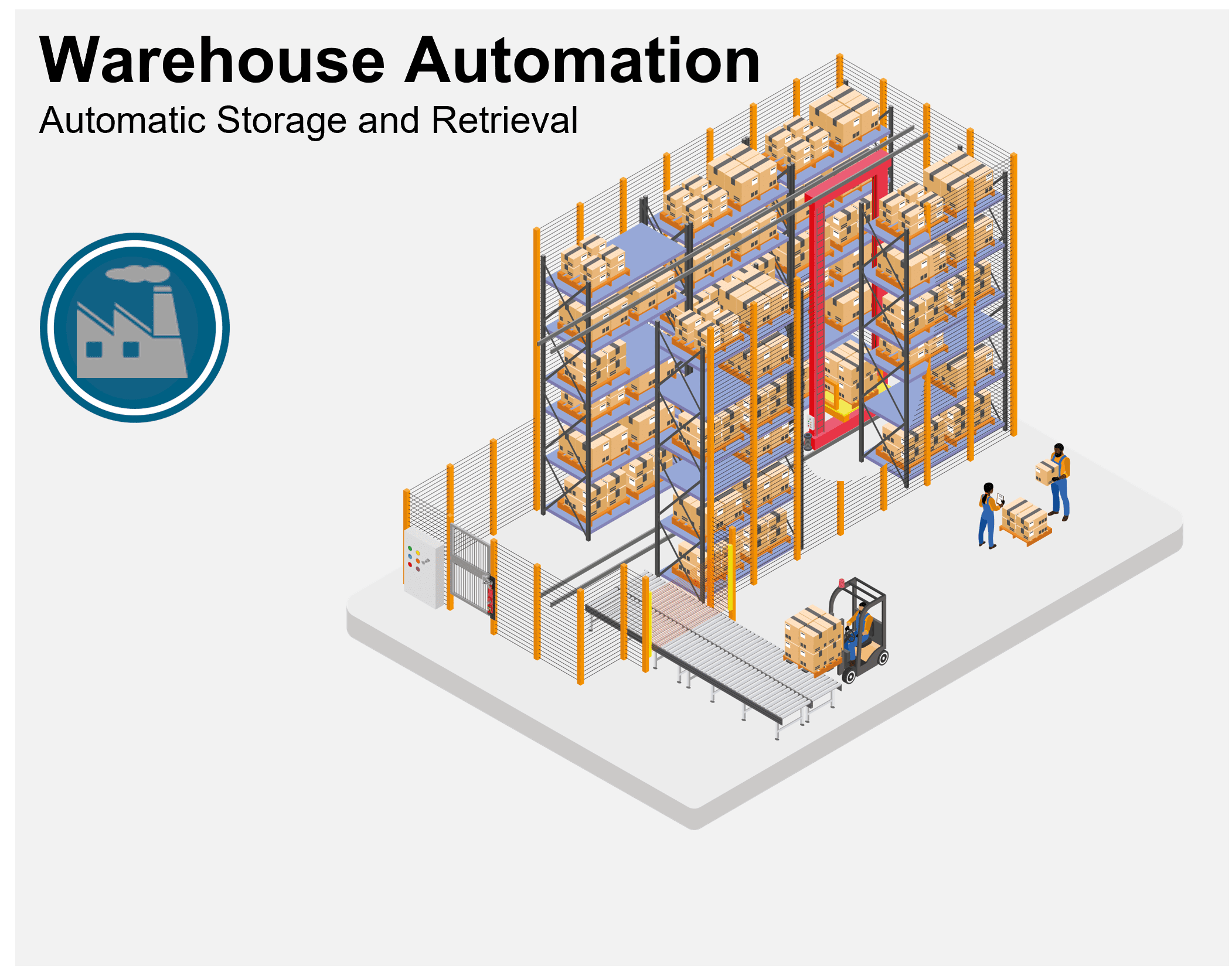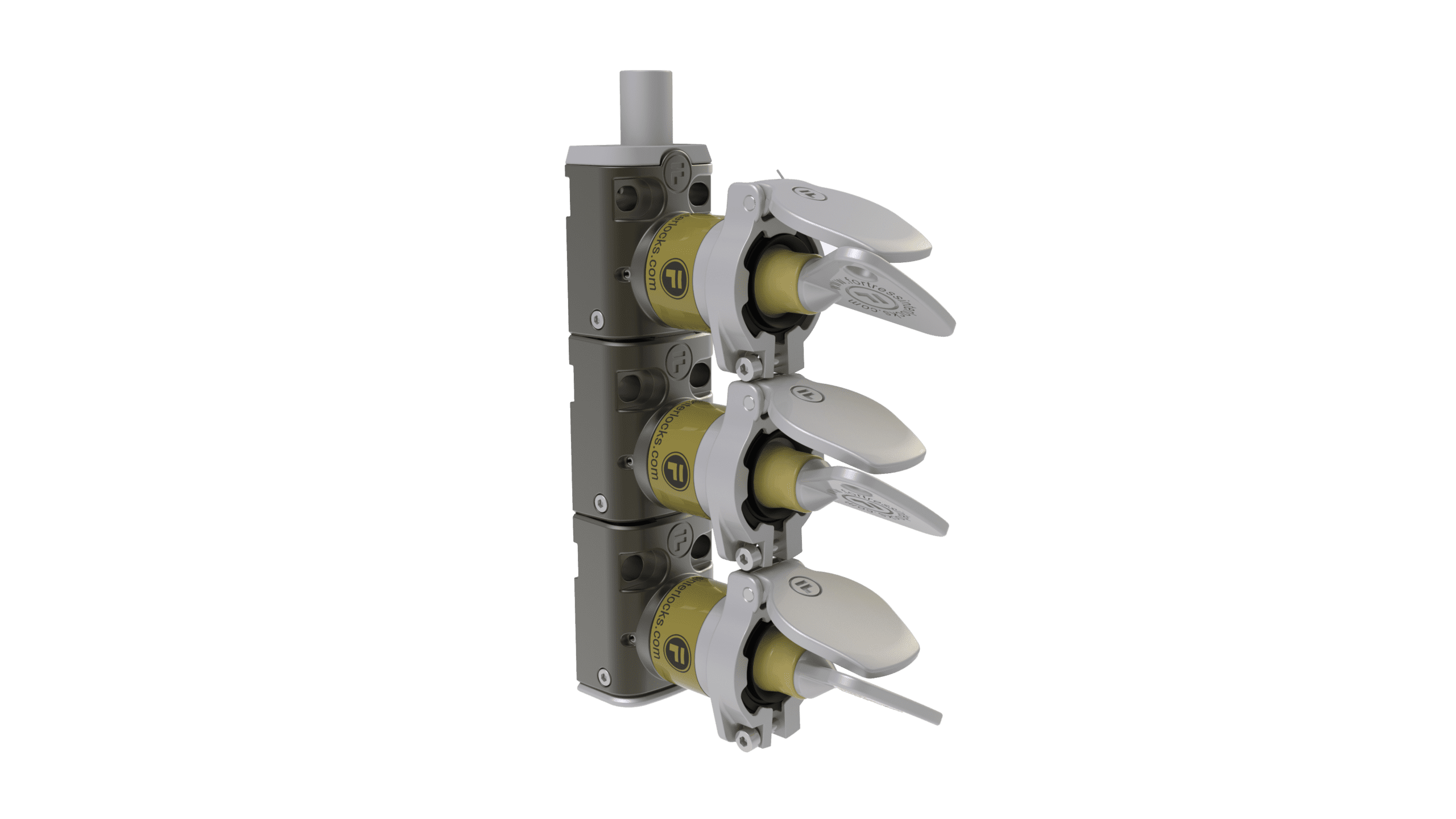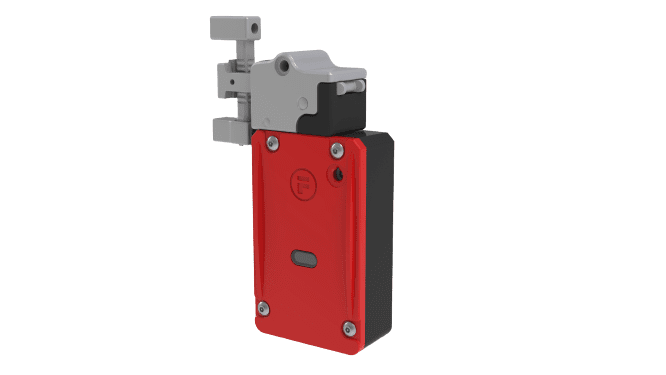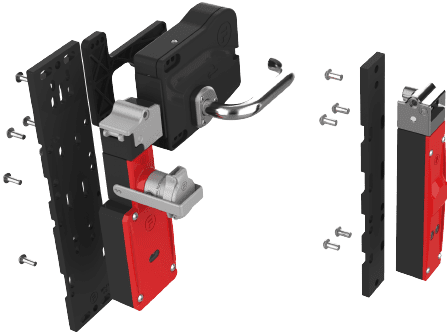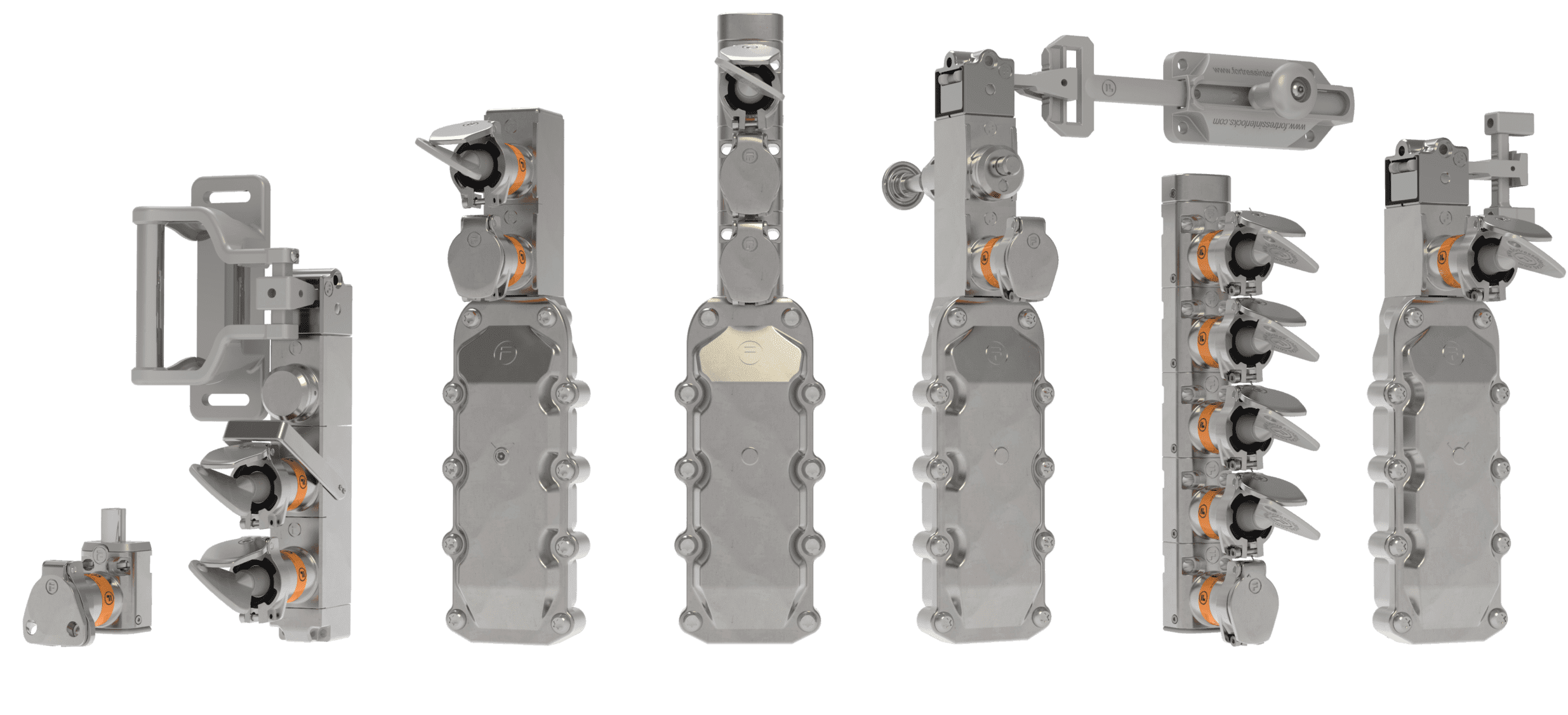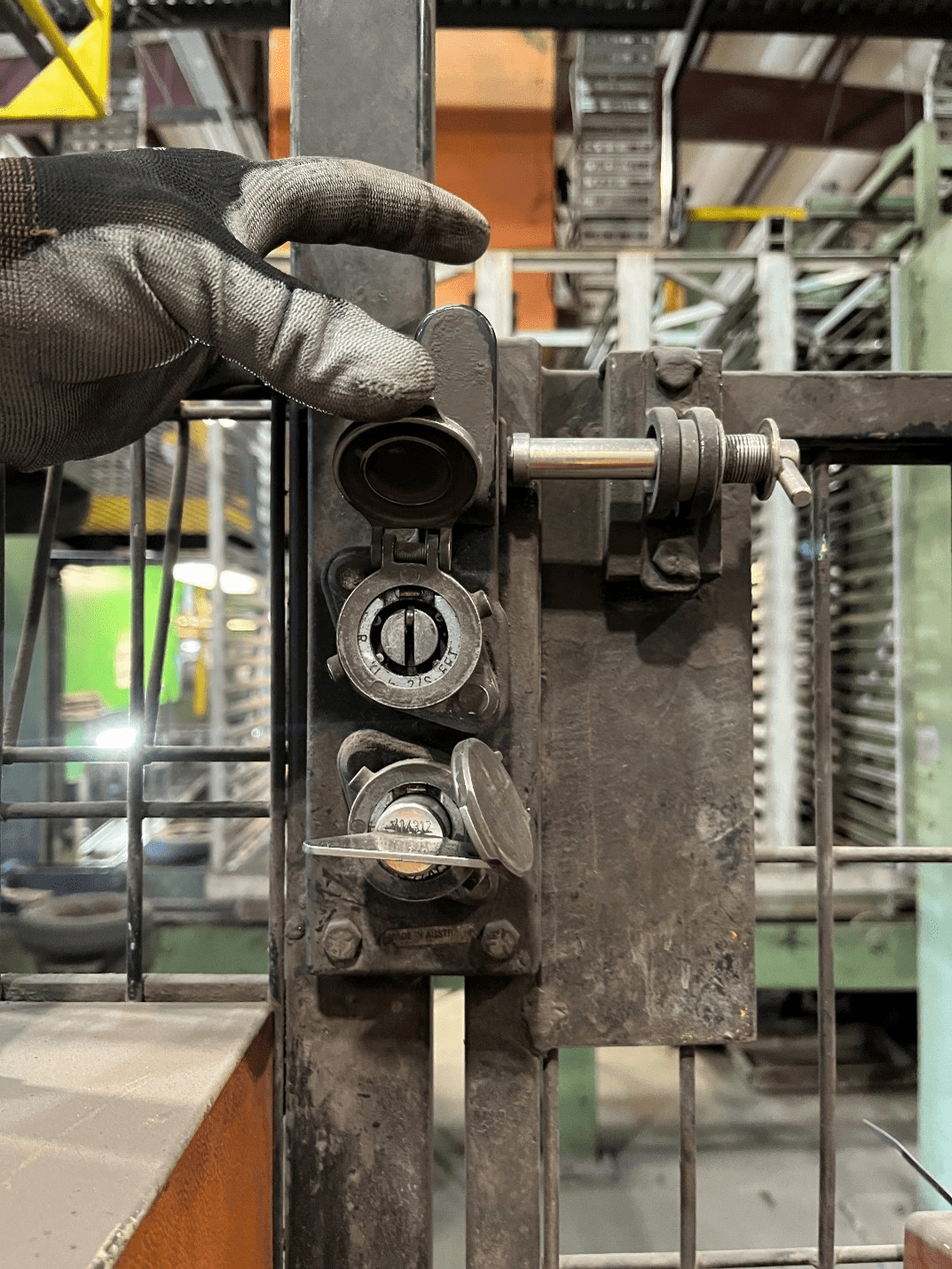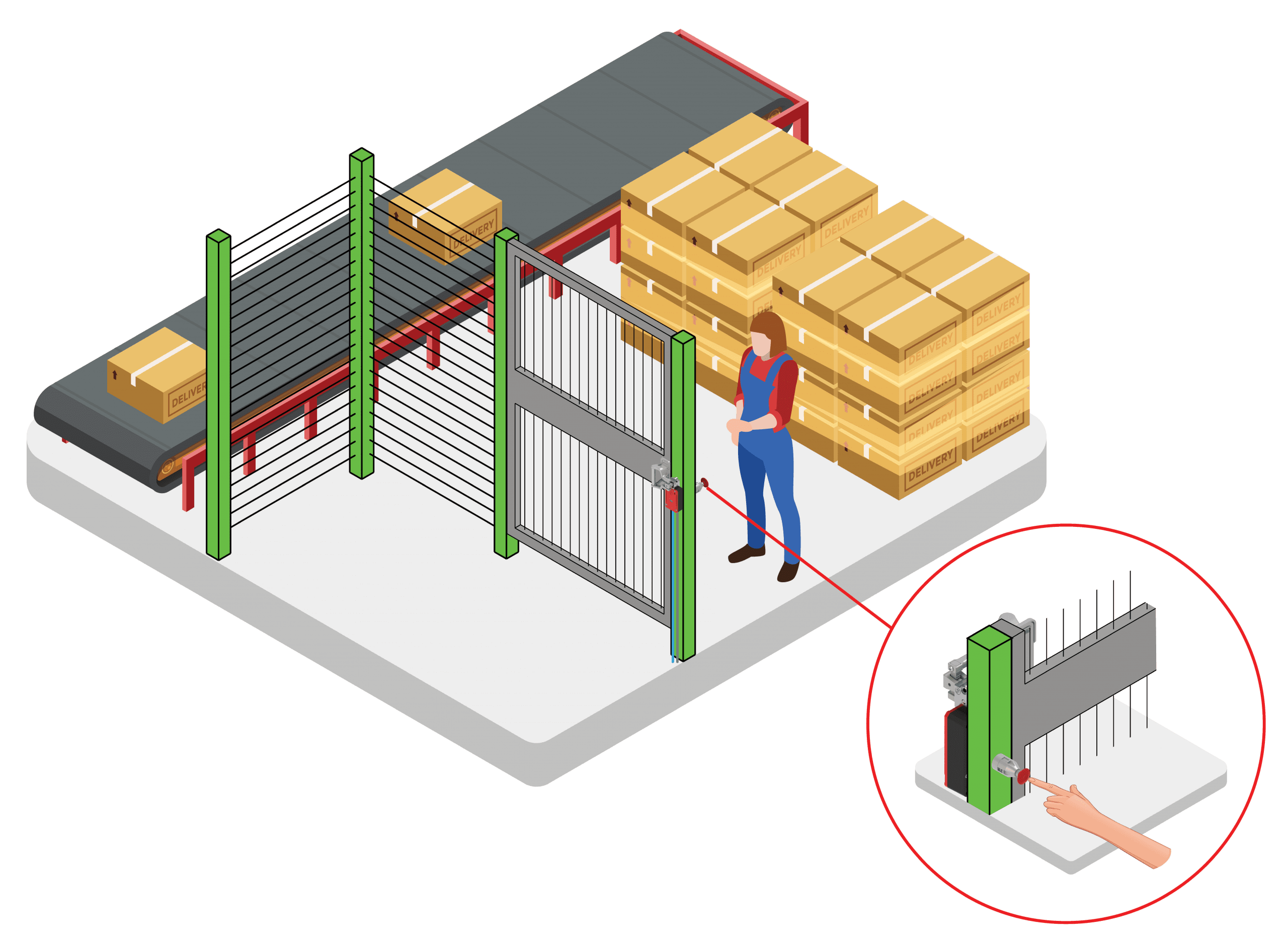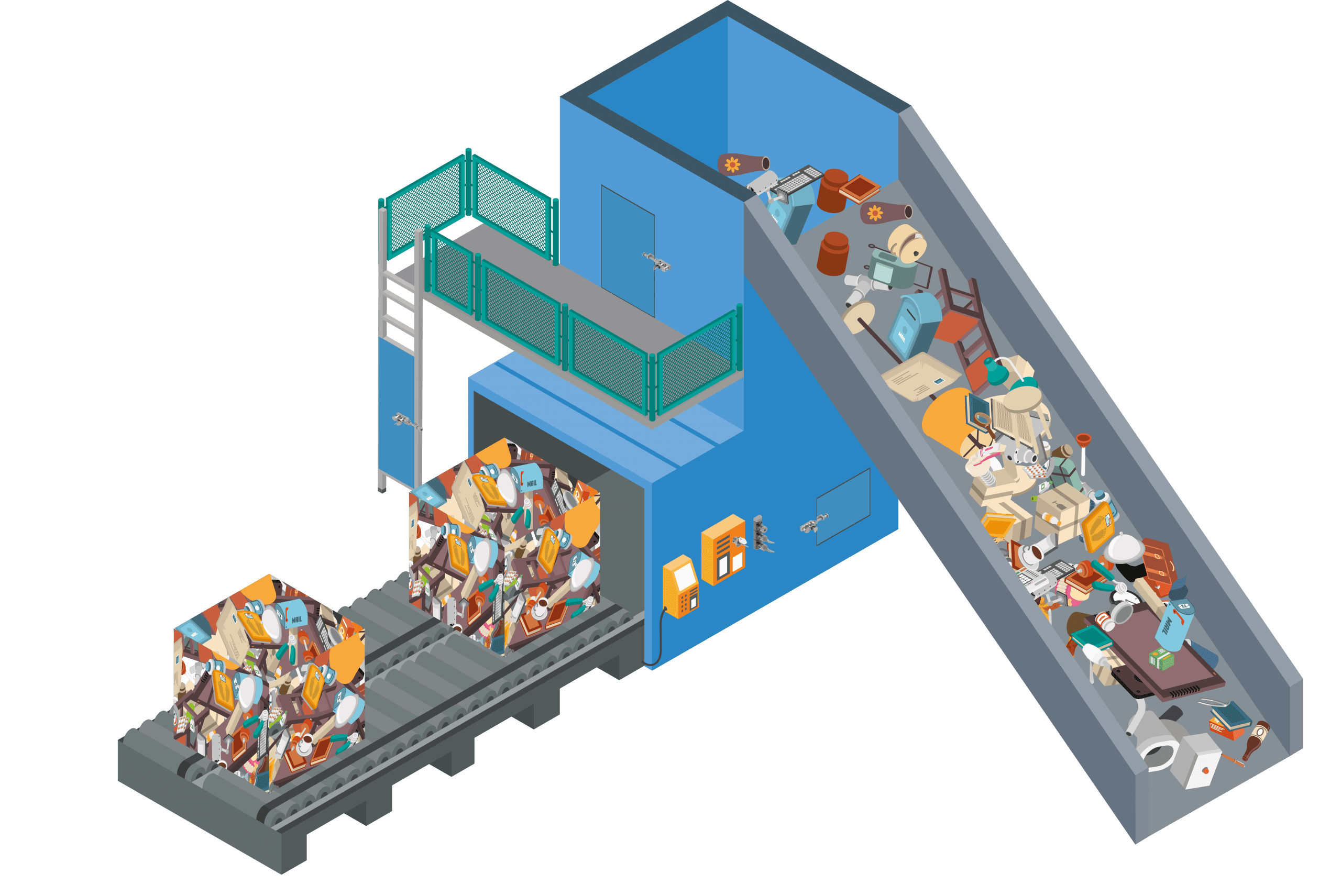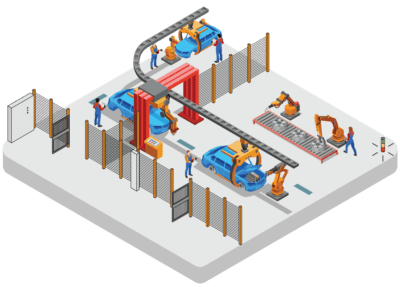Proteggere o non proteggere? O, per essere più precisi, utilizzare dispositivi di sicurezza fisici o di rilevamento della presenza?
La risposta è probabilmente entrambe, ma solleva la questione della progettazione, della selezione e dell'implementazione delle protezioni fisiche e di cosa deve tenere conto il progettista di un sistema di protezione delle macchine. A prima vista, le protezioni fisiche sembrano l'opzione più semplice: possono contribuire a ridurre l'ingombro della produzione, a proteggere l'operatore della macchina dai pericoli e a impedire l'uscita del materiale dal sito spazio protetto. Tuttavia, non è così semplice acquistare una recinzione e installarla intorno alla macchina.
Protezione secondo le norme ISO 14120 e ISO 12100
IS0 14120 (2015) Sicurezza del macchinario - Ripari - Requisiti generali per la progettazione e la costruzione di ripari fissi e mobili è la norma a cui rivolgersi. Essa specifica i requisiti generali per la progettazione, la costruzione e la selezione delle protezioni fornite per proteggere le persone dai rischi meccanici.
Come per l'intero processo di salvaguardia, il punto di partenza dovrebbe comunque essere ISO 12100 (2010) Principi generali per la progettazione - Valutazione del rischio e riduzione del rischio. Questo standard guida il lettore attraverso il processo di valutazione del rischio e la selezione dei metodi di salvaguardia.
Se la valutazione dei rischi porta il progettista a scegliere i ripari, la ISO 12100 li suddivide nelle seguenti categorie: fissi, mobili, regolabili, interbloccati, interbloccati con blocco di protezione e interbloccati con funzione di avvio. Tutte queste categorie sono definite nella ISO 12100 e la loro applicazione è dettagliata nella ISO 14120.
In generale, se vi chiedete "Cosa sono i ripari interbloccati?", sono quelli che:
- Assicura che una macchina non possa funzionare fino alla chiusura di una protezione.
- Fornisce un comando di arresto se la protezione viene aperta mentre la macchina è in funzione.
- Permette alle funzioni pericolose di operare quando la protezione è chiusa.
Il comando di arresto del riparo interbloccato li rende un'opzione popolare per l'implementazione di funzioni di inibizione proattiva - poiché i lucchetti o le chiavi del personale applicati individualmente possono bloccare meccanicamente la chiusura del riparo e impedire il ripristino del macchinario .
Test d'impatto delle protezioni
Un'area spesso trascurata nella selezione delle protezioni è il test d'impatto. Le protezioni dovrebbero garantire che un operatore non possa entrare nello spazio di protezione dall'esterno finché non sia sicuro farlo e proteggere gli operatori che si trovano all'esterno della protezione da proiettili ed emissioni provenienti dall'interno.
Per la pace della mente, a parte l'usura generale, le protezioni dovrebbero essere in grado di resistere agli impatti delle attrezzature, come i carrelli elevatori che si muovono nella struttura, senza compromettere la sicurezza della macchina.
I nuovi allegati (B e C) della norma ISO 14120, che forniscono la metodologia per le prove con proiettile e con pendolo, forniscono una guida necessaria sia ai produttori che agli utenti. Sebbene la ISO 14120 escluda specificamente i dispositivi di interblocco dal suo campo di applicazione, è difficile immaginare di montare tali dispositivi che non siano in grado di resistere alle stesse prove di impatto. Un dispositivo di interblocco come parte della protezione interbloccata non deve essere l'anello debole in caso di impatto.

Prodotti menzionati in questo articolo
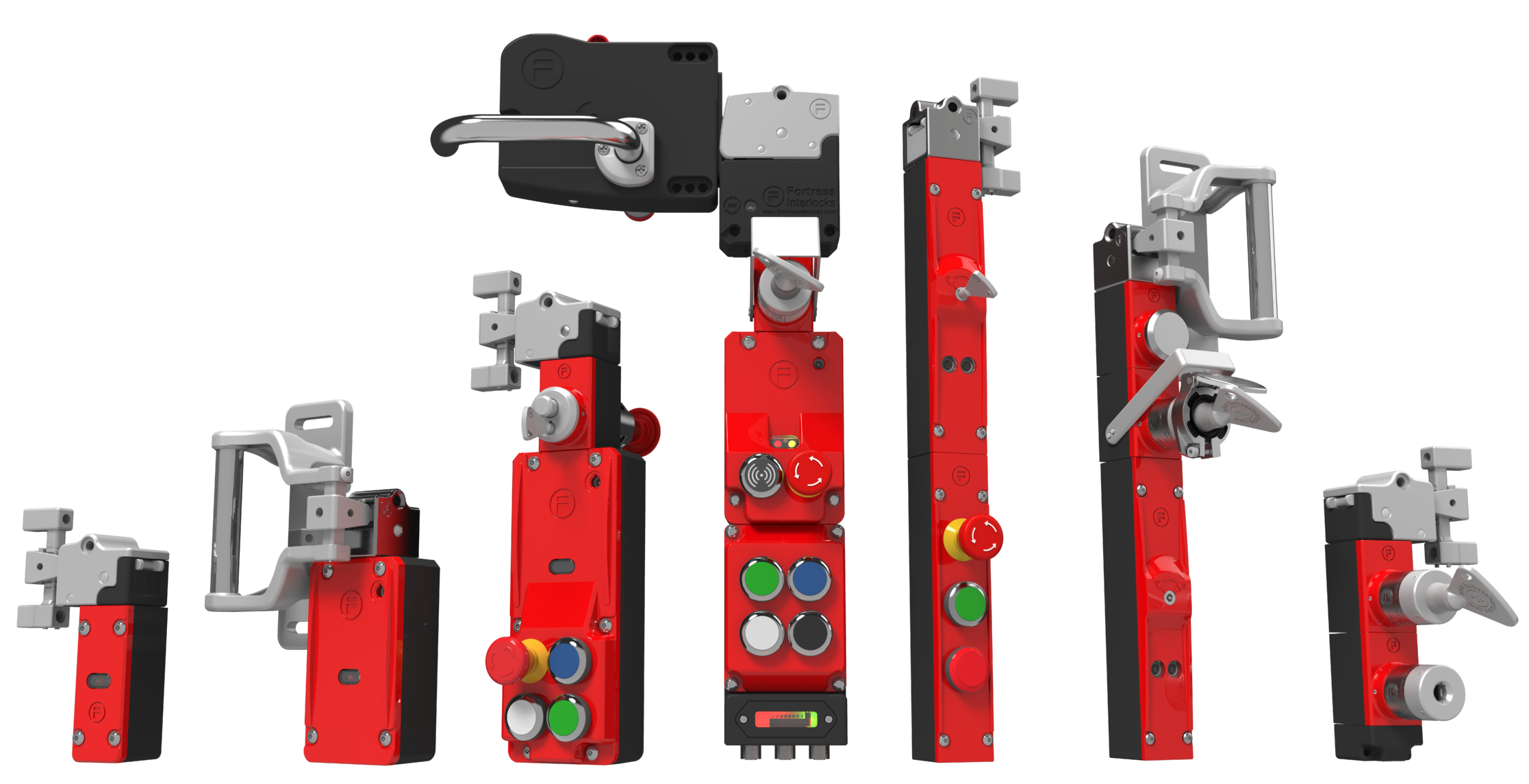
amGard pro
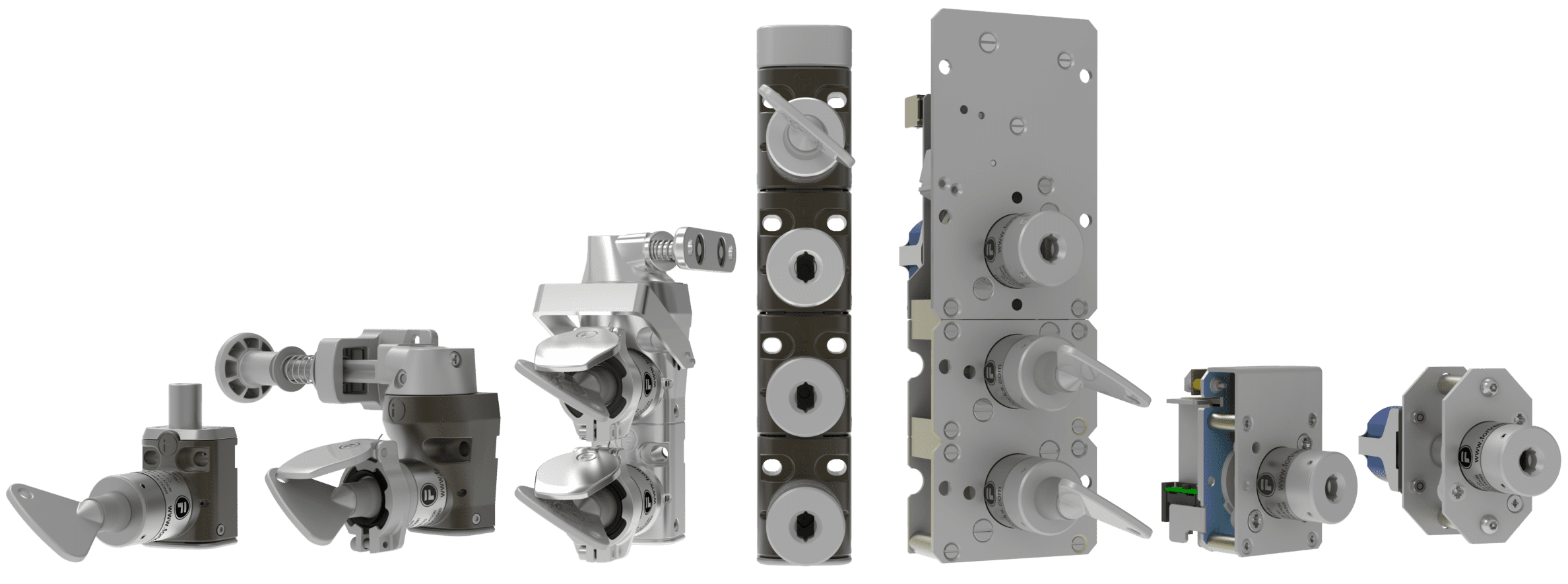
mGard
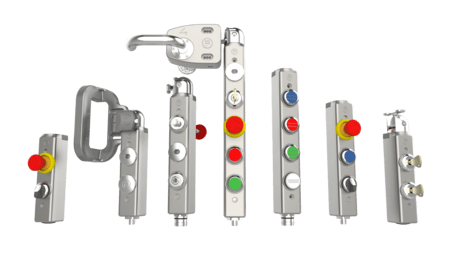
 Clicca qui per scaricare l'articolo completo
Clicca qui per scaricare l'articolo completo


